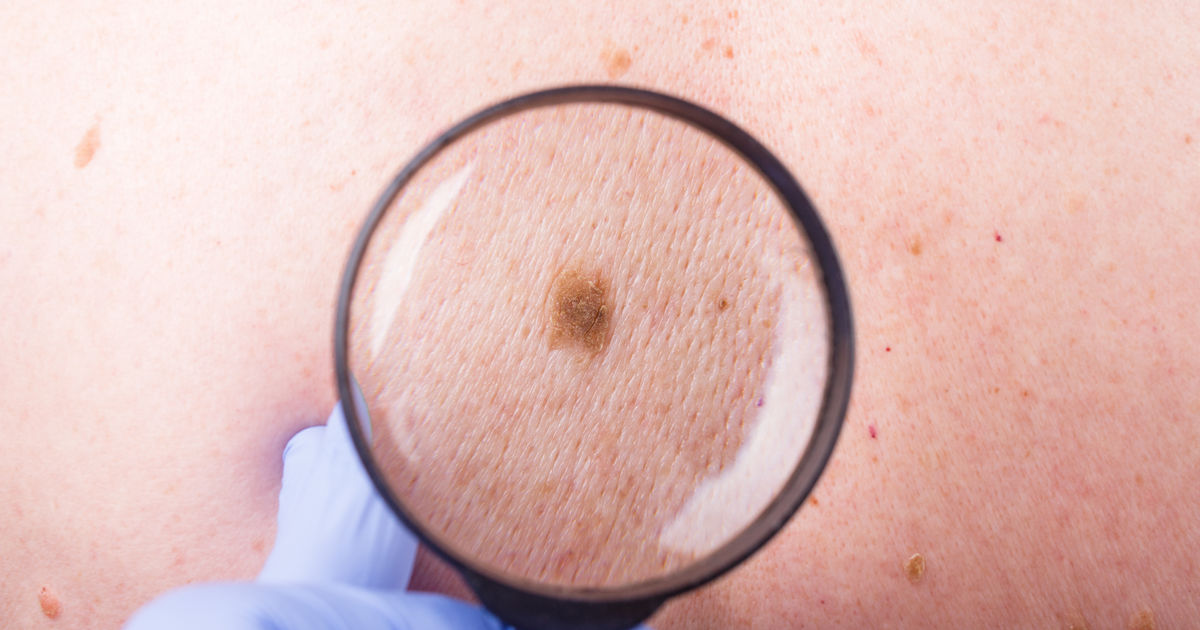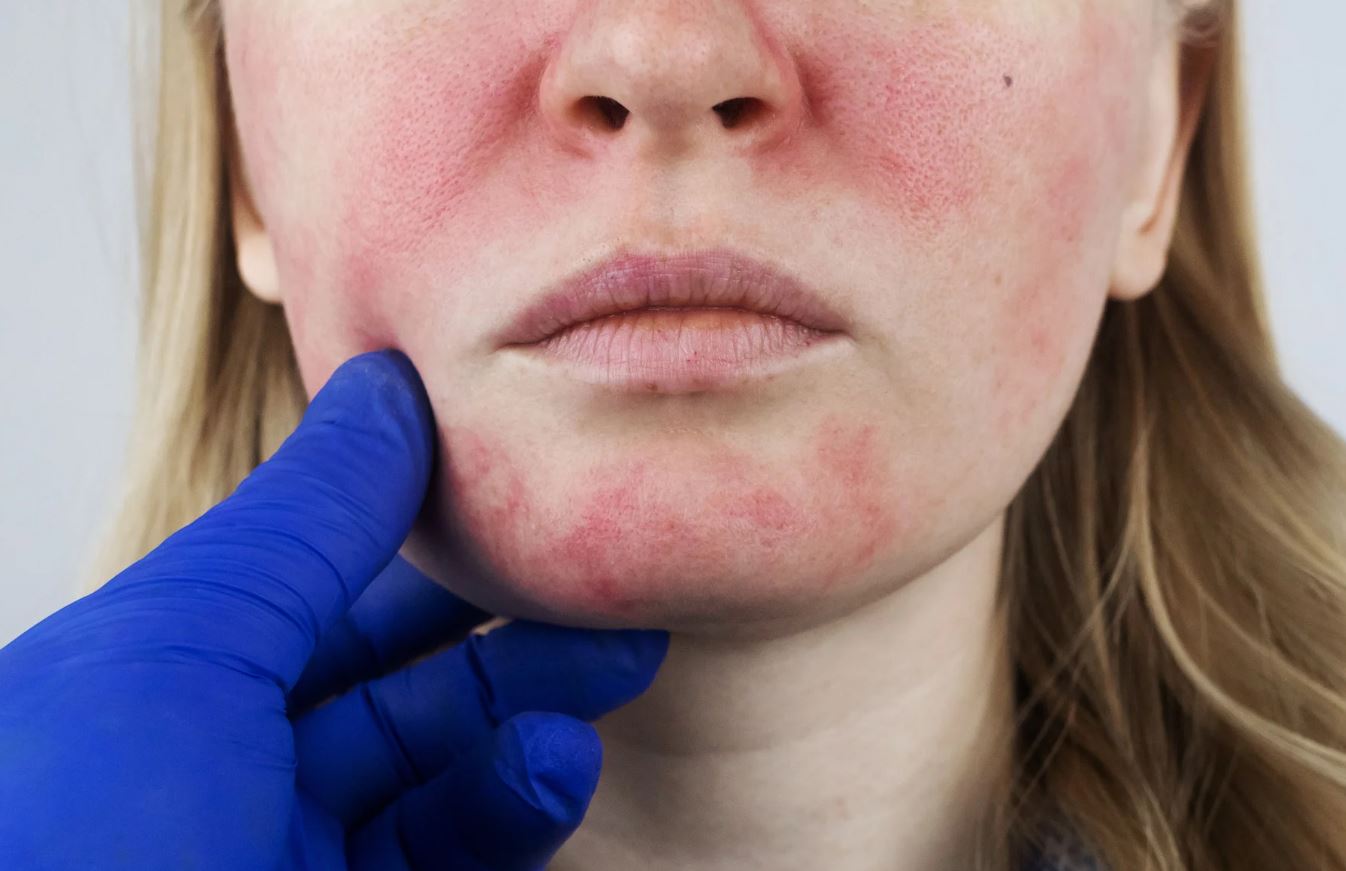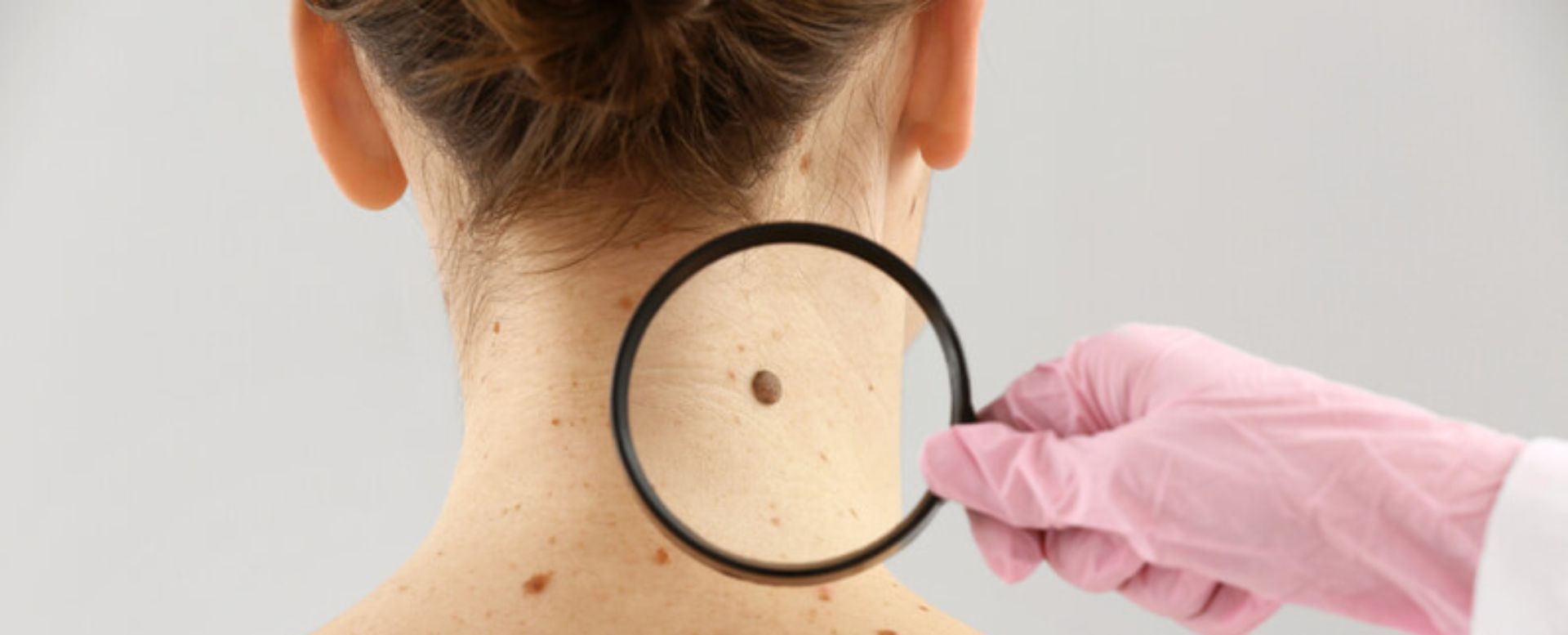Melanoma is a serious type of skin cancer that begins in the pigment-producing cells called melanocytes. It can show up anywhere on the body, even in places that rarely see the sun. The most common signs include a new or changing mole, especially one that looks different from the others.
Spotting new or unusual changes in moles or spots can be alarming, especially to those who tend to immediately jump to the worst possible scenario. Knowing your skin and body well is important to recognize when a mole is not just a “mole.”
Signs of Melanoma
It is unarguable that everyone’s skin is different: birthmarks, freckles, and moles scattered around the body may be normal to some. Therefore, understanding and knowing the signs of a melanoma is essential for early detection and the start of treatment.
Here are the melanoma skin cancer signs to look out for.
- A change on the skin: This could be a new spot, a change in color, shape, or size of a current spot or mole.
- A new spot, sore, or mole: If it doesn’t heal or becomes painful and tender
- A mole that is irritated: Especially take concern if it starts to itch or bleed
- A firm red lump appears: A firm red lump that bleeds or appears crusty
- A change in the texture or look: A spot, sore, mole, or lump that looks shiny, waxy, smooth, or pale
- A dry, rough, red spot: A flat, red spot that is rough, dr,y or scaly
- A dark spot or streak: This is usually found under a fingernail or toenail that hasn’t come from previous trauma to the nail
- Difficulty breathing: This is due to enlarged lungs or airway obstruction from a tumor
- Nausea and vomiting: This is the most common sign of the cancer cells spreading to other parts of the body.
Melanoma is not the same for all, but if you suspect that a spot on your skin fits the following descriptions, make sure to consult with a doctor right away. A diagnosis of skin cancer can be overwhelming and scary, but Dr. Fakhouri and our team at Skin Cancer Specialists will make sure to provide you with high-quality expert care, all while making long-term relationships and giving you the best results possible.
How Do You Spot Early Signs of Melanoma?
It’s important to know what to look for and how to spot melanoma, because early melanomas are highly treatable. The American Academy of Dermatology uses the “ABCDEs of Melanoma” to help identify warning signs. Use this checklist as a starting point to recognize red flags that a mole on your skin might be melanoma.
A – Asymmetry
Cancer cells tend to grow more quickly and more irregularly than noncancerous cells, so most melanomas are asymmetrical. In an asymmetrical mole, if you draw a line through the middle of the lesion, the two halves don’t match, so it looks different from a common symmetrical mole.
B – Border
Melanoma borders tend to be uneven and may have scalloped or notched edges. Common moles tend to have smoother, more even borders. So if the border seems fuzzy – like someone has colored outside the lines – it could be a sign that the mole is cancerous.
C – Color
Multiple colors are a warning sign. While benign moles are usually a single shade of brown, black or tan, a melanoma may have different shades. As it grows, the colors red, white or blue may also appear.
D – Diameter
Moles usually stay within certain size limits. Most normal moles measure at about 6 mm (¼ inch), that’s less than a diameter, roughly just the size of a pencil eraser. Bigger moles can indicate signs of trouble. Moles should also remain consistent in size, so if you notice that one of your moles is growing over time, consider having it checked.
E – Evolving
A changing mole can signal trouble. That’s why it’s important to do regular skin checks and keep an eye on any spots that are growing or changing in their shape and color.
The Ugly Duckling Sign
This is also another warning sign of melanoma. This is based on the concept that most normal moles on your body resemble one another, while melanomas stand out as the ugly duckling in comparison. These ugly duckling lesions can be larger, darker, or lighter compared to their neighbors.
Isolated moles can also be found as suspicious and are also considered as ugly ducklings, especially if they qualify under the ABCDE checklist. Identifying a potential skin cancer is not easy, and not all melanomas follow the rules and checklist. They come in different forms and may not display the typical signs of melanoma.
If you see anything NEW, CHANGING, or UNUSUAL on your skin, BOOK AN APPOINTMENT ONLINE at Skin Cancer Specialist so we can screen and evaluate your moles and lesions.
What are the Signs That Melanoma Has Already Spread?
Melanoma that has spread from the skin to other areas of the body is known as metastatic melanoma. Metastatic melanoma most often spreads to the lymph nodes, brain, and bones, and the additional symptoms experienced at this late stage will depend on where the melanoma has spread.
You may be able to experience symptoms like persistent coughs, shortness of breath, swelling of the lymph nodes, headaches, bone pain, and such. However, since melanoma often presents itself as an abnormal mole, many people with this malignancy can receive a diagnosis before the cancer spreads.
What if I have Metastatic Melanoma Symptoms?
Whether you have a suspicious mole or are experiencing symptoms of advanced-stage melanoma, it’s important to consult with a melanoma specialist for an accurate diagnosis. Many other conditions can cause similar symptoms. At Skin Cancer Specialists, we offer a full range of screening, diagnostic, treatment, and supportive care services for patients with melanoma and other types of skin cancer.
Mohs Surgery: Best Treatment for Melanoma
Mohs surgery is a highly specialized technique for treating skin cancer lesions. It’s the most precise and advanced treatment for skin cancer, with success rates up to 99%. It’s considered the gold standard for treating high-risk skin cancers.
Combined with precision and personalized care, Dr. Tarek M. Fakhouri at Skin Cancer Specialist offers the most effective and exceptional melanoma treatment in Texas. Apart from being a board-certified dermatologist, Dr. Fakhouri served as the Director of Mohs Surgery at Wayne State University’s Department of Dermatology, making him one of the best melanoma specialists in Texas.
Call us to schedule your consultation. We have four convenient locations to serve you: Sugar Land, Memorial, Katy, and Conroe, TX.
Frequently Asked Questions
Where does melanoma usually develop?
This skin cancer usually develops in sun-exposed skin, such as the face, arms, legs, and neck.
What are the signs that melanoma has metastasized?
Signs that melanoma has spread can include:
- Swollen lymph nodes
- Unexplained pain in bones, abdomen, or joints
- Chronic cough or trouble breathing if it spreads to the lungs
- Headaches, seizures, or vision changes if it reaches the brain
- Fatigue or unintended weight loss
- New lumps under the skin
These symptoms vary based on where the cancer spreads. If you’ve had melanoma and notice any of these changes, contact your doctor right away.
How quickly can melanoma spread?
Melanomas can spread rapidly. It varies by individual and stage of detection.
Can melanoma be cured?
Yes, especially when caught early. The earlier it’s detected, the higher the chance of successful treatment.
Who is most at risk for melanoma?
People with fair skin, a history of sunburns, many moles, a family history of skin cancer, or frequent UV exposure are at higher risk.
How often should I get my skin checked?
Once a year is a good rule of thumb, but see a dermatologist sooner if you notice changes in your skin.




